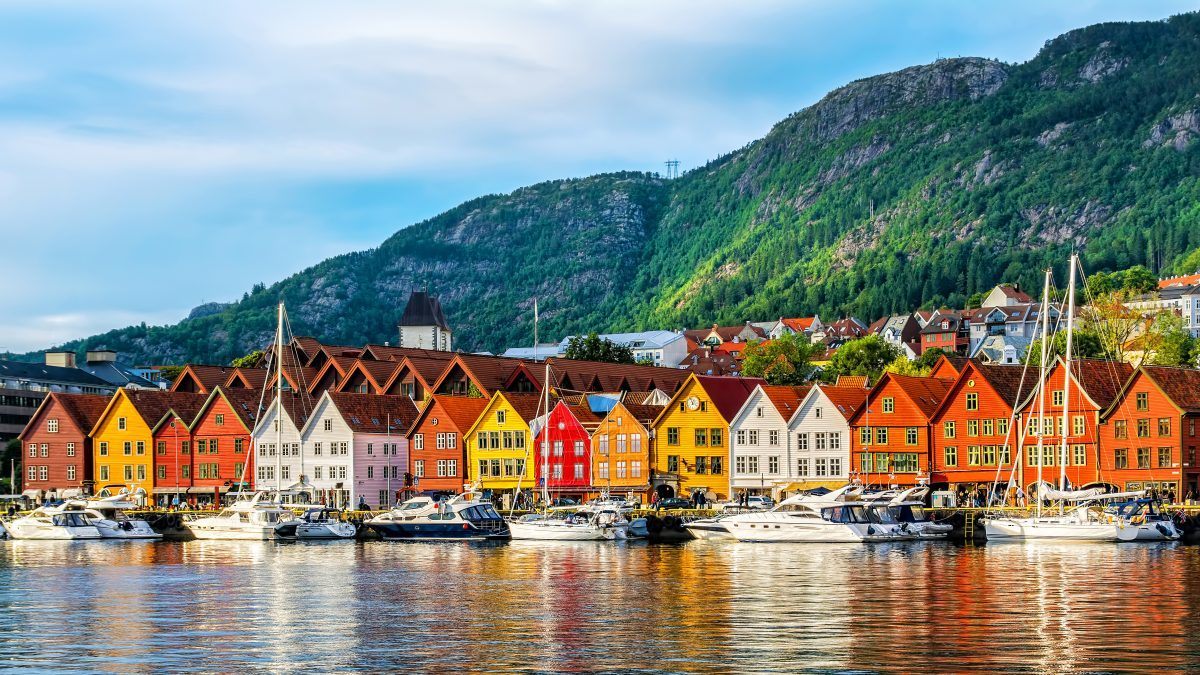Brahms’ String Quintet No. 2 in G Major: A First Farewell
Johannes Brahms intended for the String Quintet No. 2 in G Major, Op. 111 to be his final piece. In a December, 1890 correspondence with his publisher, Simrock, the 57-year-old composer slipped in the message, “With this note you can take leave of my music, because it is high time to stop.” Around the same time, Brahms told a friend that he “had achieved enough; here I had before me a carefree old …







